I occasionally get asked about whether or not the City has rules requiring that new homes, or significant remodels, have to fit into a neighborhood. The short answer is yes…but they probably don’t cover what many people mean when they talk about a home fitting in to a neighborhood. There are reasons for that, which I’ll try to explain below, based on some conversations I had with San Carlos’ planning staff.
All land use regulations (which includes the rules governing what kind of home you can build) are fundamentally limited by the fact that, in our system of governance, private property rights are pretty fundamental. They are not absolute — we won’t let you live on a residential lot in San Carlos without a functioning bathroom — but they come quite close. That’s because, while we live in communities, we live in them as individuals, with individual rights. Those rights protect us not only from what “the government” might do, but also what our friends and neighbors might do to keep us from enjoying our own property.
The “functioning bathroom” rule illustrates why private property rights are not absolute. We are regulated as individuals from doing things, or not doing things, which might either inflict harm on others, or could be reasonably expected to inflict harm on others. Not having a functioning bathroom creates not only a nuisance for neighbors, but could also cause them to become ill. So the community can and does impose a requirement that constrains your freedom to use your property as you see fit, and which has the weight of the legal system behind it.
There are other, less obvious, examples, too. San Carlos, like most communities, has regulations limiting how much noise you can create on your property, and under what circumstances you can create it. Noise won’t make your neighbors sick. But it creates harm of a different sort, by damaging their quality of life.
These rules also evolve over time. It’s been lawful to build large homes on almost all the lots in San Carlos for many, many years. But, until recently, when the price of land got sky high, not that many people did. The Single Family Home Advisory Commission (SHAC) was set up by the Council to make recommendations on what, if any, changes to our land use regulations should be made now that the economic environment is leading to more large homes being built.
But all these rules have one thing in common: they are balancing acts, compromises, between preserving individual rights and protecting neighbors.
As with all compromises, there is no one, analytically-determinable “solution”. So the specific balancing point a community sets is a political decision (within the broader confines of the Constitution, and Federal and California law).
Some communities, like Hillsborough, require, in addition to the typical home construction rules, that designs stay consistent with a single architectural style. Not necessarily a particular, mandated style; just a single one. So you probably couldn’t put a Tudor front on a fundamentally Mediterranean design, even if that’s what strikes your fancy.
Other communities, like Atherton, have nothing other than basic setback and lot coverage rules. I was surprised to learn this…but on reflection it makes sense. Lots in Atherton are quite large by San Mateo County standards (and apparently can’t be subdivided below a pretty large size). So whatever impacts a design might have on the neighborhood is significantly mitigated by how far apart the homes are, and how far they are set back from the public right of way.
San Carlos falls in between. We have setback rules, lot coverage rules, etc., like Atherton (and Hillsborough, for that matter). We don’t have rules specifically governing what I’ll call the visual style of a home (so you can build something oddball like a Mediterranean with a Tudor front). But we do have rules that target what architects call a structure’s “massing”. For example, we can require that long walls are “broken up” by articulating the surface (i.e., creating recesses or “pop outs”).
Note that I said “can require” not “do require”: some of our rules are triggered only if either the neighbors or the Residential Design Review Committee ask for a design change.
As to why we don’t go further, or why we’ve gone as far as we have, that’s a different question, whose answer grows out of choices made a long time ago. If I had to summarize them, I’d say San Carlos chose to preserve a fair degree of individual choice on design, except when choices create an “overbearing impact” on a neighborhood, irrespective of the visual style of the proposed home.
You might really dislike Tudors while I can’t get enough of them, or I might love to have our neighborhood filled with Arts & Crafts homes while you wish another one would never be built, but we can both agree that having a 25 foot long unbroken wall next door, even one properly set back from a common property line, is too overbearing, regardless of its visual style.
Personally, I think San Carlos’ philosophy seems reasonable. Your mileage, of course, may vary.
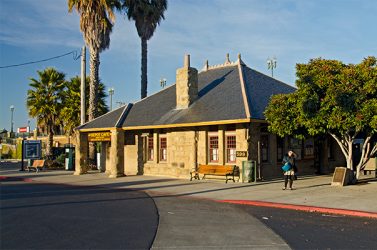
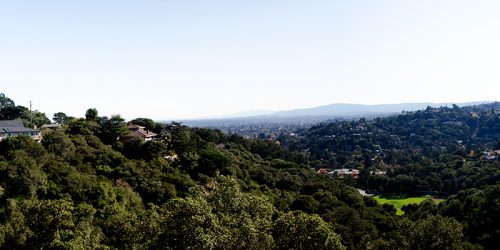


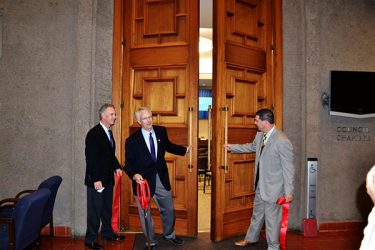



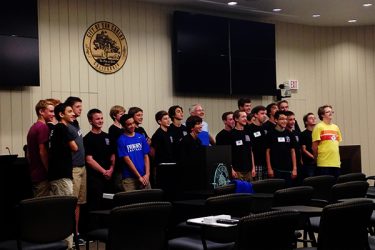
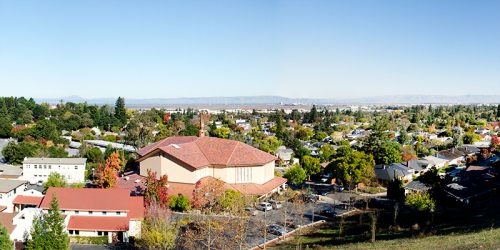
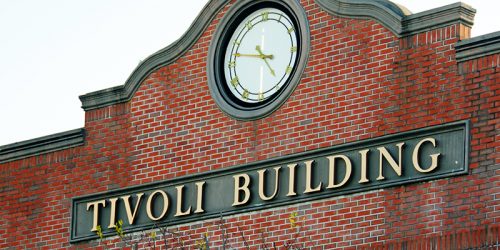
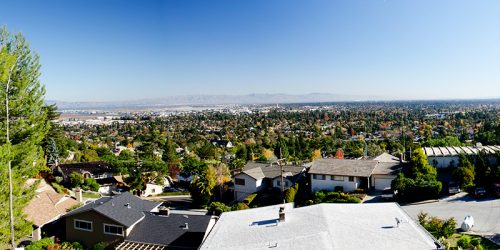
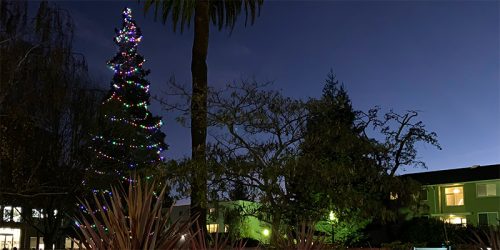
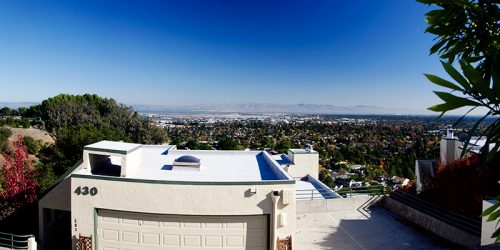

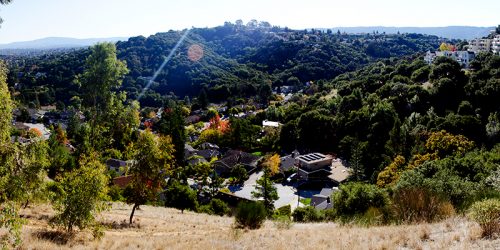
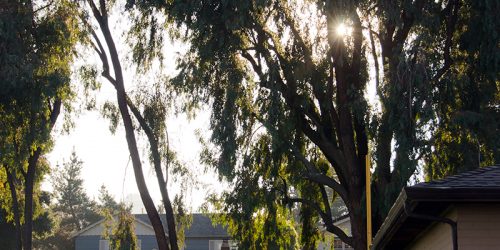
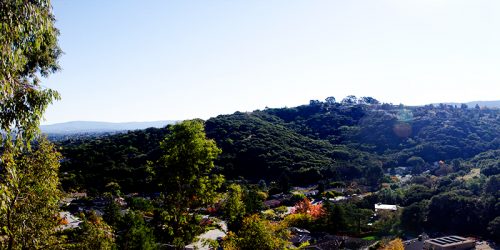

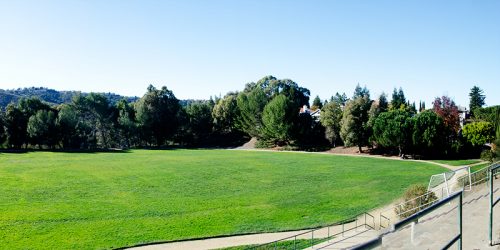






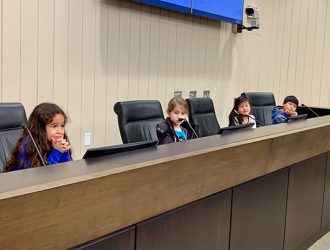


2 thoughts on “Fitting Into a Neighborhood”
Hi Mark,
Thank you for taking the time to try to explain this complicated question to those who might not have been in attendance at the many meetings on this subject. I hope you will remember the following line at the next planning council meeting: “There are other, less obvious, examples, too. San Carlos, like most communities, has regulations limiting how much noise you can create on your property, and under what circumstances you can create it. Noise won’t make your neighbors sick. But it creates harm of a different sort, by damaging their quality of life.” If certain types of noise, which is typically very limited in duration, can create harm to neighbors and therefore is regulated and enforced (by the police), how can the planning council and their consultant continue to present the same plan for form factors with “wings”, thereby limiting houses in SC to what most have agreed results in a single style of home that still does not address resident’s primary concerns of light, air, and privacy????
Hi Linda! Good to hear from you.
I doubt I’ll forget that line, since I wrote it, and it reflects part of my understanding of how local government should operate :). But please remember that no one sentence summarizes the totality of what even one individual considers to be “good government”.
For example, in the context of the three items you cited — light, air & privacy — there are balances that need to be struck. If meeting Resident A’s definition of “privacy” means “Resident B can’t build a home next door that has any windows which face Resident A’s home”, then meeting Resident A’s interests significantly harms Resident B’s interests (that’s true even if Resident B isn’t the one building the house, but buys it after it’s built).
Light & shadow are similar. I’m not sure what you mean regarding air, so I can’t touch on that.
The general point is pretty simple: when people live in a community, much of the environment they live in is shared. Deciding how the sharing takes place isn’t at all straightforward, because giving more of it to someone almost always means giving less of it to someone else. Which violates the principle of treating all residents equally.
Also, in many situations people come to expect they have a “right” to something that, in fact, they never had. Stopping someone from doing something that’s been lawful for years or decades is a pretty dramatic step that most councils would avoid. Example: the vast majority of the original homes built in the flat parts of San Carlos were one story. Yet, so far as I know, the city has always allowed two story homes to be built. It’s just that few people wanted to do that. Changing the rules to restrict significantly the ability to build a two story home would smack most of the people who’d like to do so as unfair and unprecedented.
That doesn’t mean we can’t have rules, or that we can’t change them from time to time. But it behooves us, IMHO, to do so carefully and gingerly.
Again, thanx for taking the time to comment.